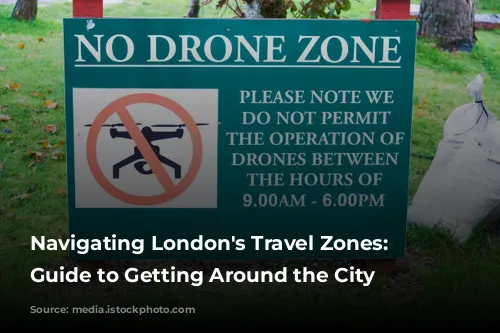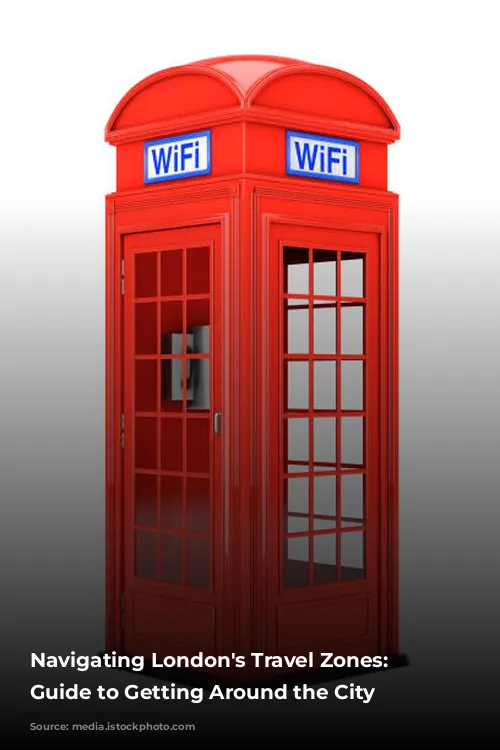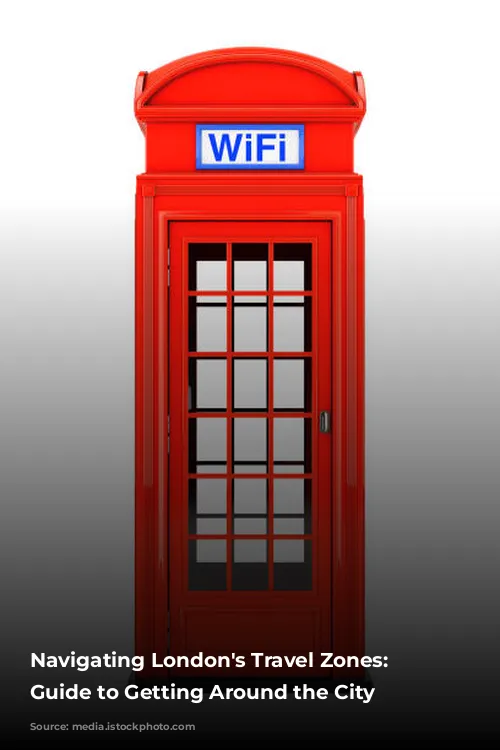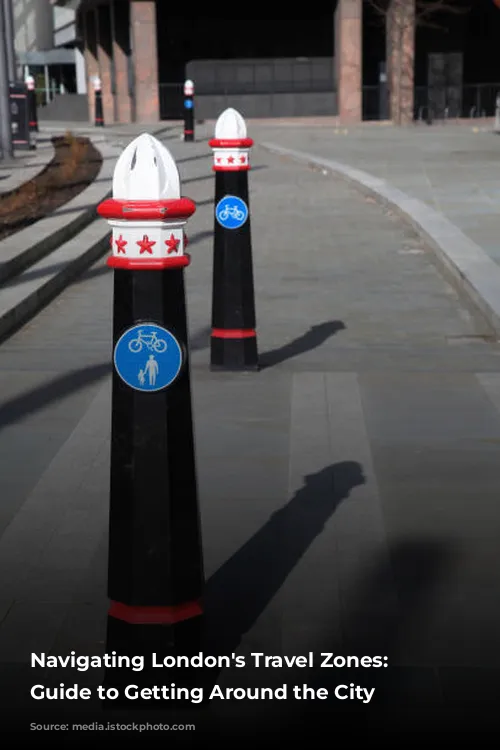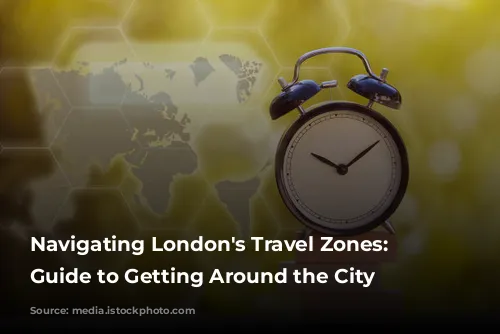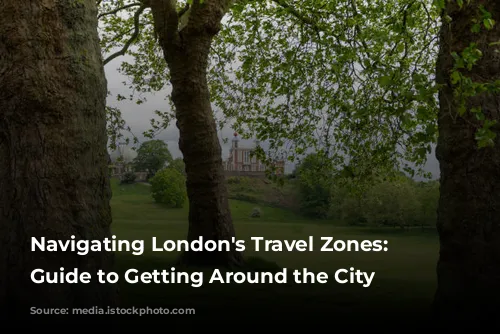London’s Travel Zones are a clever system used to determine the price of public transportation. Think of them as concentric circles, with Zone 1, the city’s core, sitting at the center. As you move outwards to Zones 2 through 9, you’re venturing further into London’s suburbs and beyond. The further you travel, the more you pay!
Transport for London (TfL) provides maps and helpful information to make it easy for you to plan your journey and understand the costs involved. You’ll want to check out these maps before you travel, as they will save you time and money!
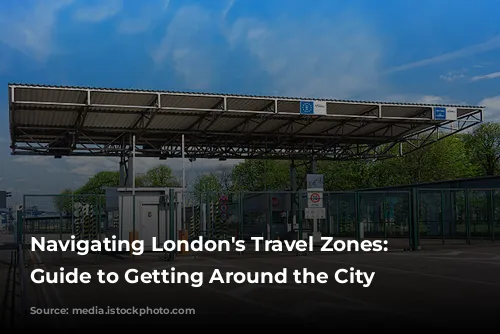
London’s Travel Zones Impact Property Prices
London’s Travel Zones play a big role in how much you’ll pay for rent! Living in Zone 1 means you’re right in the heart of London, close to all the amazing sights and bustling business districts. But be prepared to pay a hefty price for this convenience! One-bedroom flats in Zone 1 can cost over £2,500 per month!
As you venture outwards to Zones 2 and 3, you’ll find some relief for your wallet! Rentals become more affordable in these zones while still providing excellent access to central London via public transport. In Zones 2 and 3, you can find one-bedroom flats for around £1,800 and £1,500 per month, respectively.
Zones 4 and beyond offer the most budget-friendly rentals but be prepared for longer commutes. Remember, location is everything!
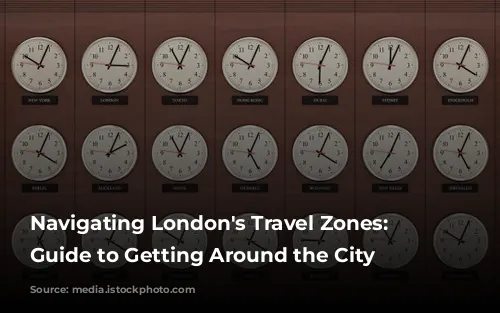
Easy and Convenient Payment Options
When you’re hopping on the tube in London, you have a couple of options for paying your fare: Oyster cards and contactless payments.
Oyster cards are physical cards that you top up with credit. Simply tap your card as you enter and exit stations.
Contactless payments, on the other hand, let you use your debit or credit card directly, eliminating the need for a separate travel card. Both methods give you the same prices and daily caps, but contactless payments are often more convenient for commuters.
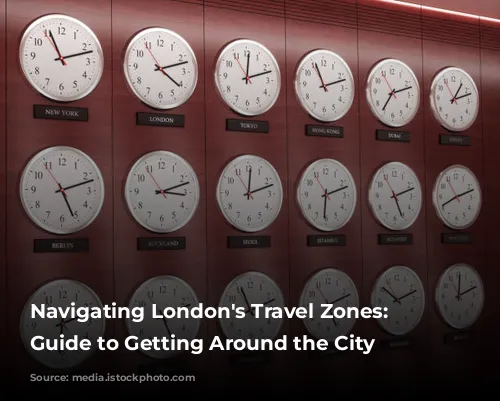
Peak Hours: Pay More, Travel Less
In London, the time of day you travel can drastically impact your travel costs! Peak hours are the busiest times, typically from Monday to Friday between 6:30 am and 9:30 am, and 4 pm to 7 pm (excluding public holidays).
During peak hours, fares are higher because TfL is trying to manage the rush and encourage people to travel at quieter times. If you’re on a budget, try to plan your trips outside of peak hours.
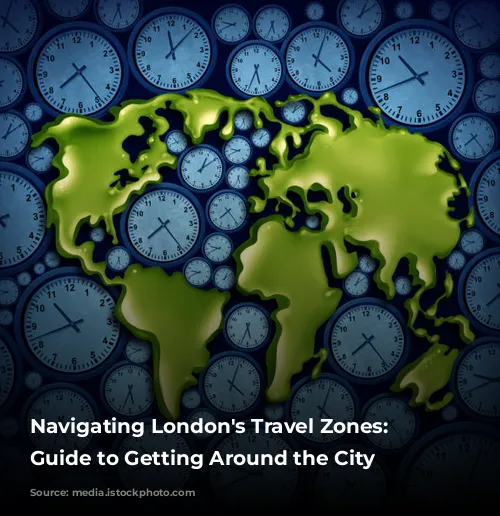
Student Accommodation: Balancing Budget and Location
When choosing student accommodation in London, consider your university’s location and the cost of travel.
If your university is in central London, Zones 1 or 2 might be ideal. But if your university is farther out, consider Zones 3 and beyond for more affordable rentals. Websites like uhomes.com can help you find student accommodation in London that fits your budget and location needs.
London’s Zones: A Breakdown
Central London, mostly encompassing Zones 1 and 2, is the heart of the city. Zone 1 is the most vibrant area, with famous landmarks like Buckingham Palace and the London Eye. This is also the priciest location.
Zone 2 offers a balance of central access and residential areas. It’s a great option for those who want to be near the action but also prefer a calmer neighborhood.
Zone 3 provides more affordable housing options, still within reach of the central London excitement.
Zones 4-6 are further out and offer more quiet, suburban living. If you crave green spaces and a slower pace, this is the area for you. Just be prepared for longer journeys to central London.
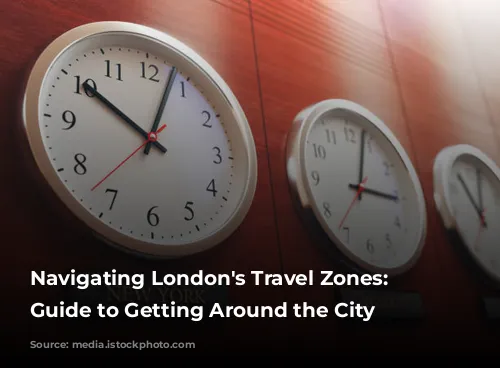
Essential Information about London’s Travel Zones
- Oyster card zones: The Oyster card works across all nine travel zones.
- London Underground price cap: There’s a maximum amount you’ll pay for travel in a day, no matter how many journeys you make.
- Transportation options: London has a variety of ways to get around, including the Tube, buses, and even a cable car!
- Traveling between zones: You can easily travel between zones with a single ticket. The cost depends on how many zones you cross.
Remember, knowing your zones is key to navigating London’s fantastic public transport system!
